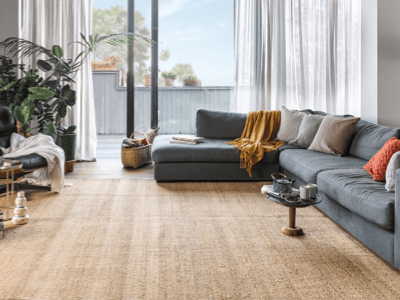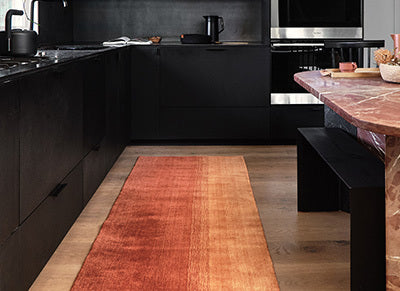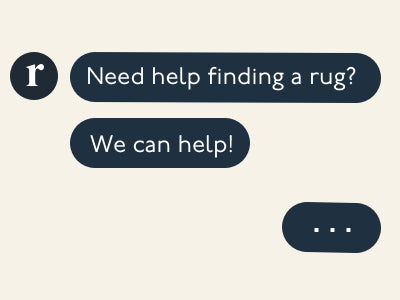














Order A Sample
Raria - Rug Sample
Size 12" x 12"
Free shipping
Turkish Kilims
Our Turkish kilims are each one-of-a-kind. Much of our collection was woven between 30 and 100 years ago, and curated by us. Other rugs are fresh off the loom and made with traditional techniques. Known for their intricate patterns and tight, sturdy weaves, what began as a homemade, everyday comfort ultimately became a robust industry, embodying a profound artistic expression of Turkey's culture.
Recently Viewed
Raria Flatweave Rug
Use code EARTHLY20 for 20% off sitewide. Hurry, sale ends 4/30! *custom rugs, swatches, rug pads, & gift cards excluded
Overview
-
Free Shipping & Easy Returns
Sustainable
Natural Fiber
Handmade
Ready to Ship
Only One Made
One-of-a-kind new rug, flatwoven in Anatolia, Turkey
Natural inconsistencies are inherent in these unique, handcrafted rugs, as are occasional imperfections. We ensure that the rug meets all standards for quality and this does not detract from its overall aesthetic.
Care
+
- Dust and dirt that accumulate in your rug can erode the fibers over time. The best way to combat this is to take your rug outside and give it a good shake once a week. Depending on how large it is, you may need to recruit a friend to help. Also, be sure to get a rug pad—this helps to preserve your rug in spite of dirt.
- If shaking it out isn’t possible, you can vacuum it instead—just be cautious, and don’t use a rotary vacuum, because it can damage the fibers. Once or twice a month, vacuum on low power with a non-rotary (no spinning brush) vacuum or suction attachment only, moving gently from side to side. Once or twice a year, flip your rug over and vacuum the back.
- Once a year, let it sunbathe. Hang it in the sun for a few hours when it’s hottest, and flip it over midway through, to expose both sides to direct sunlight. This sun-bleaching helps further sanitize the wool. It’s a natural method to bleach and deodorize it.
- To ensure equal wear and protect against walk patterns, change your rug's direction periodically. You can also flip your rug upside-down once in awhile, and use it like that for a bit. With Turkish rugs, the back is typically as nice as the front.
- Every 3-5 years, we recommend getting your rug professionally hand-washed with a rug expert. Please do not take it to get steam or dry cleaned—this will almost certainly damage the rug! Hand-washing requires the use of a pH-balanced shampoo, worked into the rug by hand with a soft-bristled brush, before being rinsed thoroughly. This process should be repeated a few times.
- In case of spills: Blot the spill until it is dry, but do not add liquid. Consult an Oriental rug specialist immediately for cleaning. Adding liquid can make it harder to remove stains, and can even extend them further. This is because moisture travels along the fiber, so in rugs with horizontal fibers (like flatweaves), it can get trapped.
- Due to the hand-crafted nature of our rugs, you can expect to see light shedding, matting, and signs of fiber and thread breakage over time. For high traffic areas, these effects may occur more quickly and easily.
Details
+
- A series of repeating medallions fill out the field in balanced, ornamental details
- Artisanal and tribal, geometric designs feature angular edges and simple shapes—like diamonds, squares, lattices, and stylized animals
Anatolia makes up the majority of modern-day Turkey. Rugs from this region are defined by their tribal and geometric designs—with plenty of symbols reflecting life from traditional households.
Material DetailsWool is the most widely used fiber in Turkish rug design. Not only is it plentiful in supply, it’s durable, long-lasting, and soft—so it’s super comfy to walk and relax on. This wool pile is knotted onto a cotton foundation, another popular choice in rug design. The cotton used is rigid, strong, and provides a sturdy foundation that’s designed to last a lifetime—or ten.
Returns & Exchanges
+






